Nosocomial infection Definition –
Hospital-acquired infection is also known as nosocomial infection and healthcare-associated infection.
- According to Dr. William James – Infections are most often transmitted from patient to patient on the hands of healthcare workers.
- According to WHO – An infection is acquired in a Health Care setting other than the primary reason for admission.
- The nosocomial infection is developed at least 48 hrs after the admission and discharge.
- Infection is the transmission of pathogens between the staff and patients and among patients.
Source of nosocomial infection
- Exogenous
- Endogenous
-
Exogenous nosocomial infection –
A hospital-acquired infection is mostly an exogenous form, that is transferred through another patient, hospital staff or hospital environment.
eg:- hospital equipment and devices.
- Hospital environment – air, water, food etc.
- Hospital patient secretion, excretion, blood product and body fluids.
-
Endogenous nosocomial infection –
The infection occurs through normal human flora.
- Infection is caused by the organism that is present as a part of the normal flora of the patient.
Microorganism
- All microorganisms can cause a nosocomial infection that is – viruses, bacteria, fungi and parasites.
- Blood borne viral infections are – HIV, HCV, and HBV.
- Other viral infections are – Rubella, SARS, and varicella.
- Gram-negative bacteria are
- Pseudomonas aeruginosa
- E – Coli
- Neisseria gonorrhoea etc.
- Gram-positive bacteria are
- Mycobacterium tuberculosis
- Staphylococcus aureus
- Staphylococcus epidermidis
- Fungal infections are – candida albicans
- Aspergillus etc.
Mode of transmission
- Contact – It is the most common route of transmission of nosocomial pathogens.
- Hands and clothes – The infection is spread through contact with the hand and clothes of hospital staff.
- It is an adequate scope of microorganism transmission from one person to another person.
- Hospital equipment – Some hospital equipment such as bronchoscopes, endoscopes, cystoscopes, etc. are infected, which is responsible for to spread of the infection.
-
Airborn
- Droplet – Some infection particles are transmitted through inhalation routes.
- Aerosols – The infection is transferred through nebulizers, humidifier and air conditioner etc.
- Dust – Infection spread from bed making, floors, from wound during dressing etc.
- Parenteral route – The infection is spread through contaminated fluid infusion, blood transfusion, provide contaminate blood products and tissue donation etc.
- For example – hepatitis and HIV virus also transfer through parenteral route.
- Oral route – Infection is spread through ingestion of contaminated food and water.
Types of Nosocomial infection
What are the 6 most common hospital-acquired infections?
-
Respiratory infection –
This type of nosocomial infection is spread through pulmonary ventilation and aspiration in unconscious patients.
Related Post


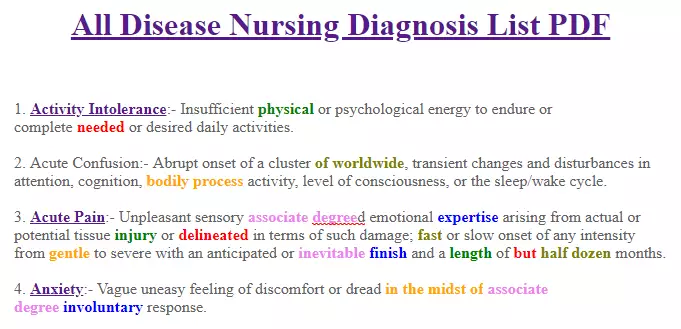
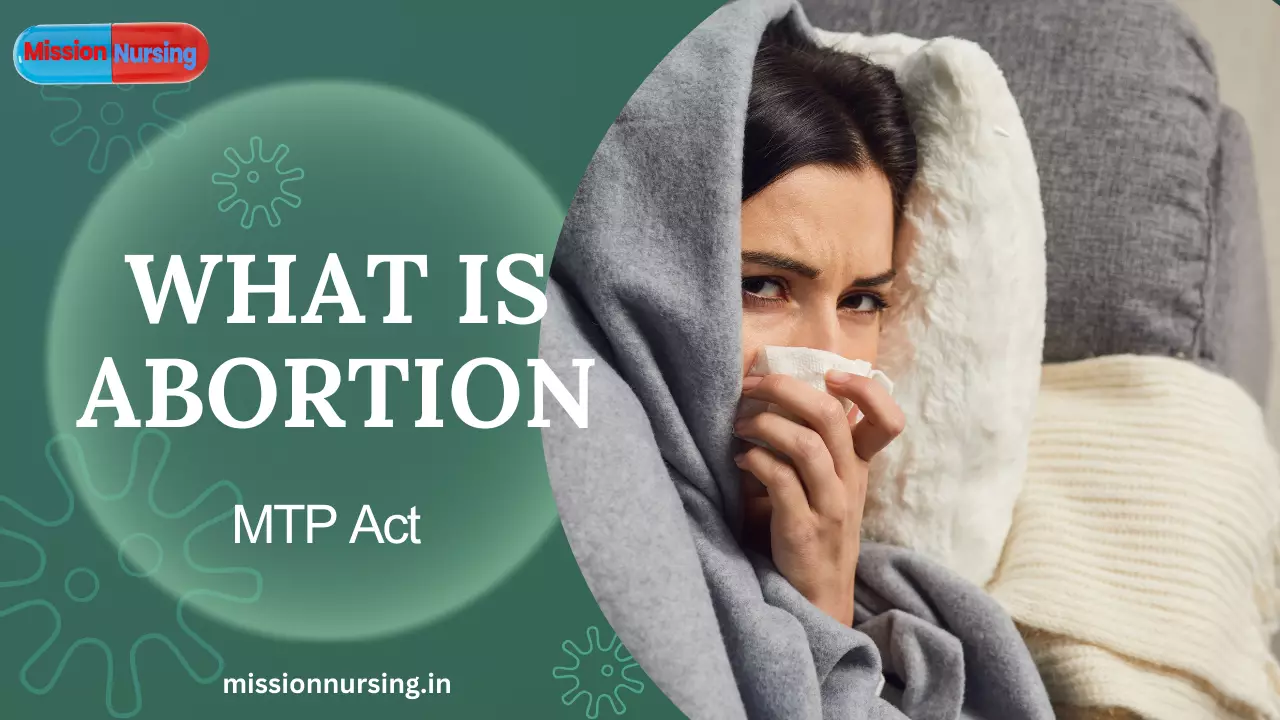
-
Urinary tract infection –
These types of infections occur due to contaminated proceeding techniques of catheterization or unhygienic care of dressings.
- The infection is prevented by the use of an aseptic technique during catheterization.
-
GI infections –
Infection occurs due to ingestion of contaminated food and fluid.
-
Surgical infection –
In the elder patient, post-operative infection is high. The infection occurs due to a lack of asepsis technique during surgery and during the dressing of wounds.
-
Burn –
In case of burn, staphylococcus aureus, streptococcus pyogenes, and pseudomonas aeruginosa are essential to cause hospital-acquired infection.
-
Bacteraemia –
Infection is spread through the infected intravenous cannula etc.
Prevention of Nosocomial infection
- Proper hand washing is the most important vehicle to prevent the hospital from acquiring infection.
- Use the alcohol hand rub.
- Administer the antibiotics to the carrier staff or patient to destroy the pathogenic agents.
- Isolated the infectious patient.
- Use proper sterilization and disinfection techniques.
- During the procedure, always use sterile equipment and dressing material.
- All surgical and medical procedures are done under aseptic techniques.
- Maintain proper personal hygiene.
- Proper disposal of the hospital waste material.
- Prevent overcrowding in the hospital and always use a face mask.
- Maintain a well-ventilated hospital environment.
- Staff use PPE kits during surgical procedures.
- Standards to be maintained in the hospital.
- Use proper investigation procedures.
- Careful handling, cleaning and discarding the excreational waste.




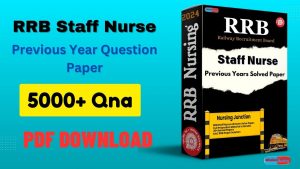
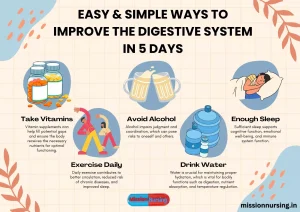
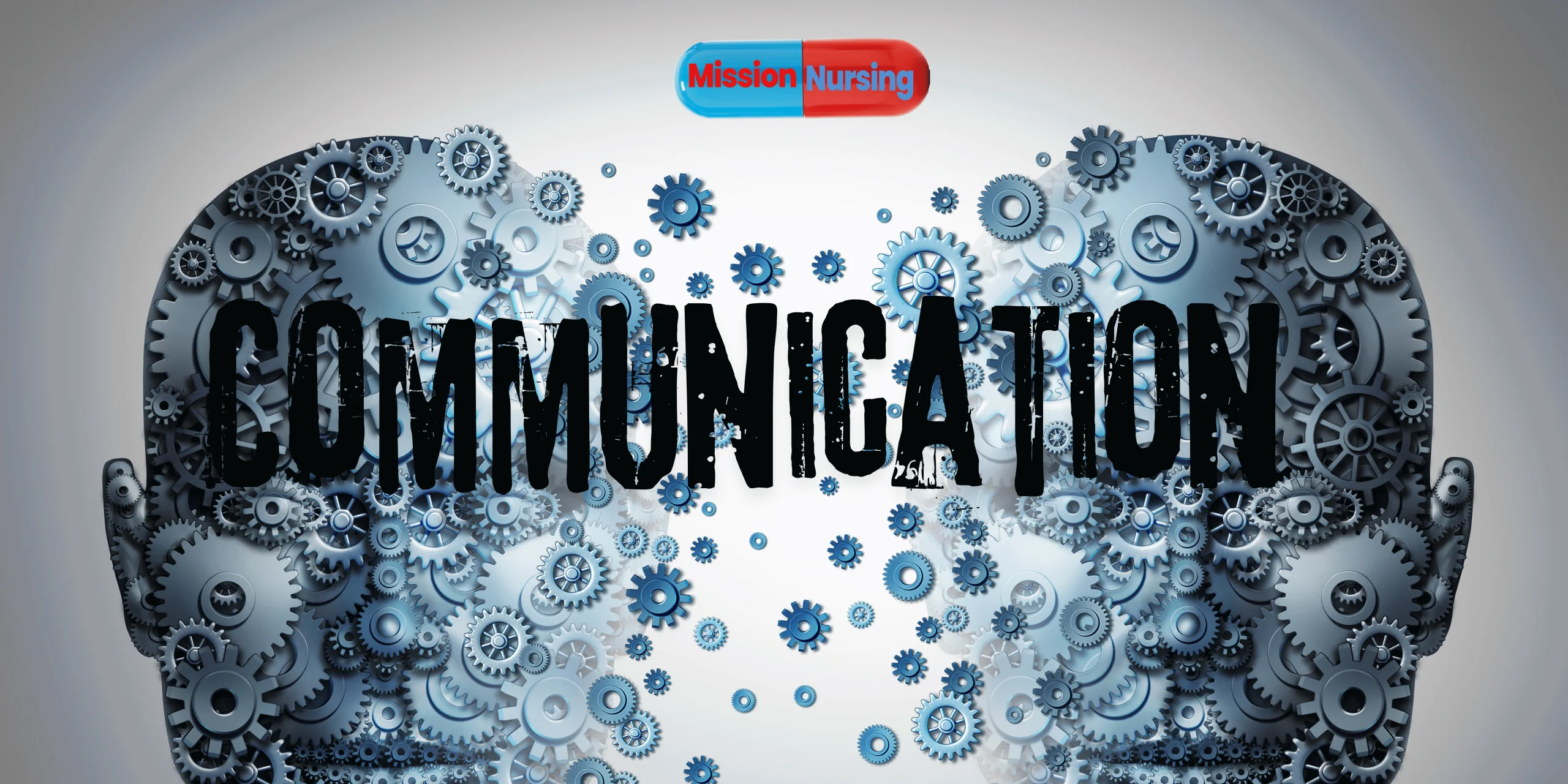
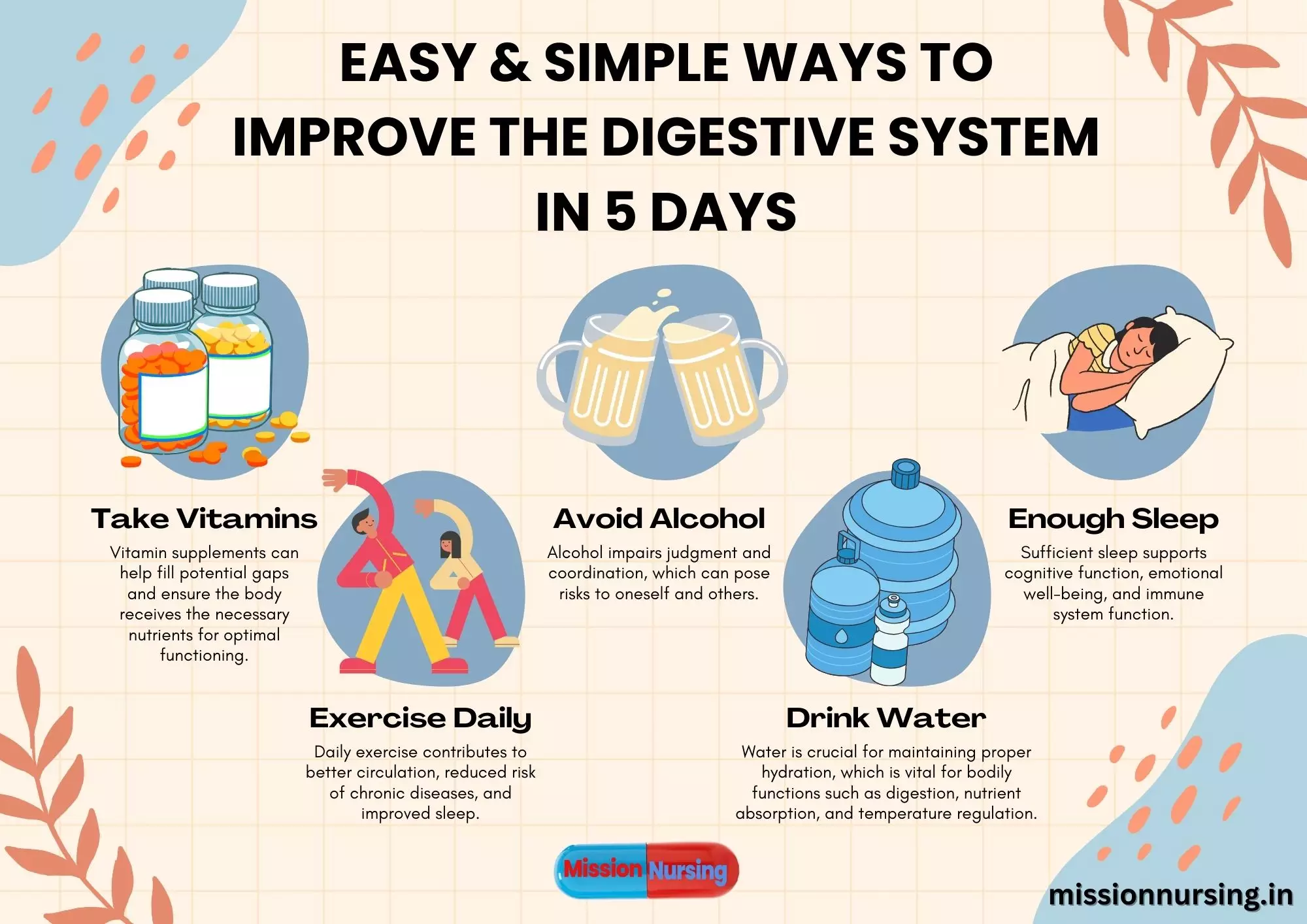
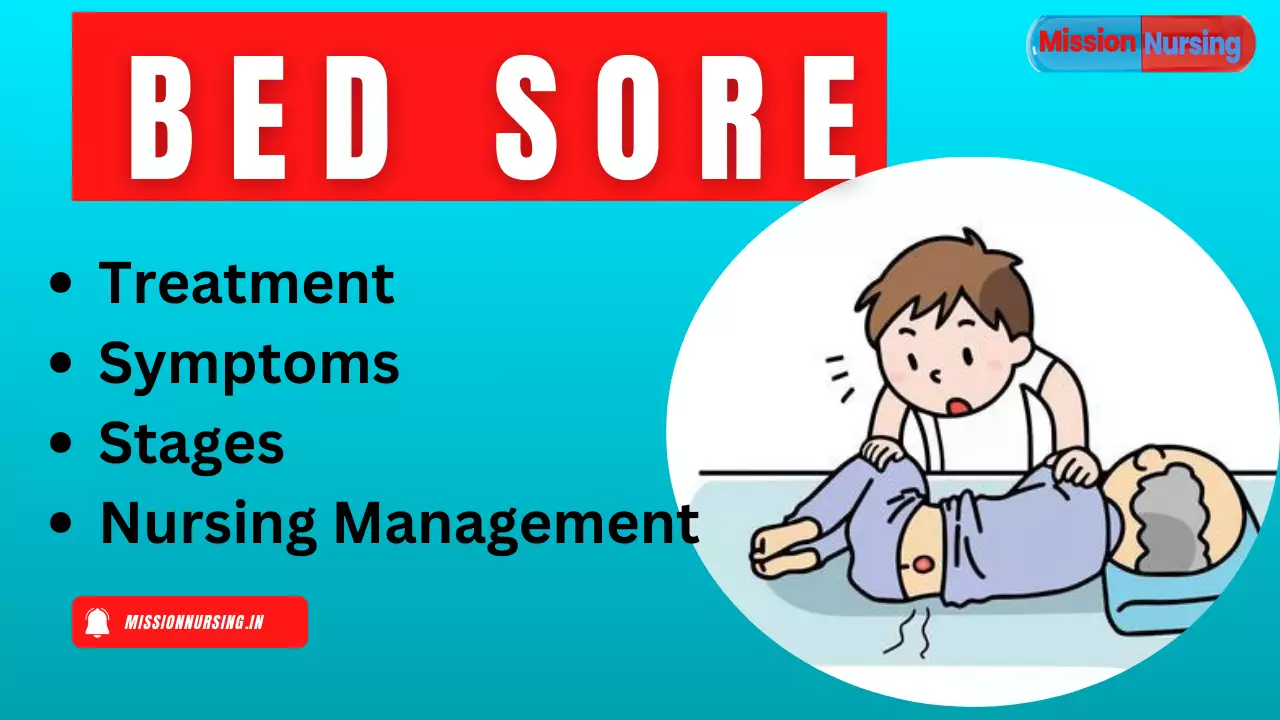

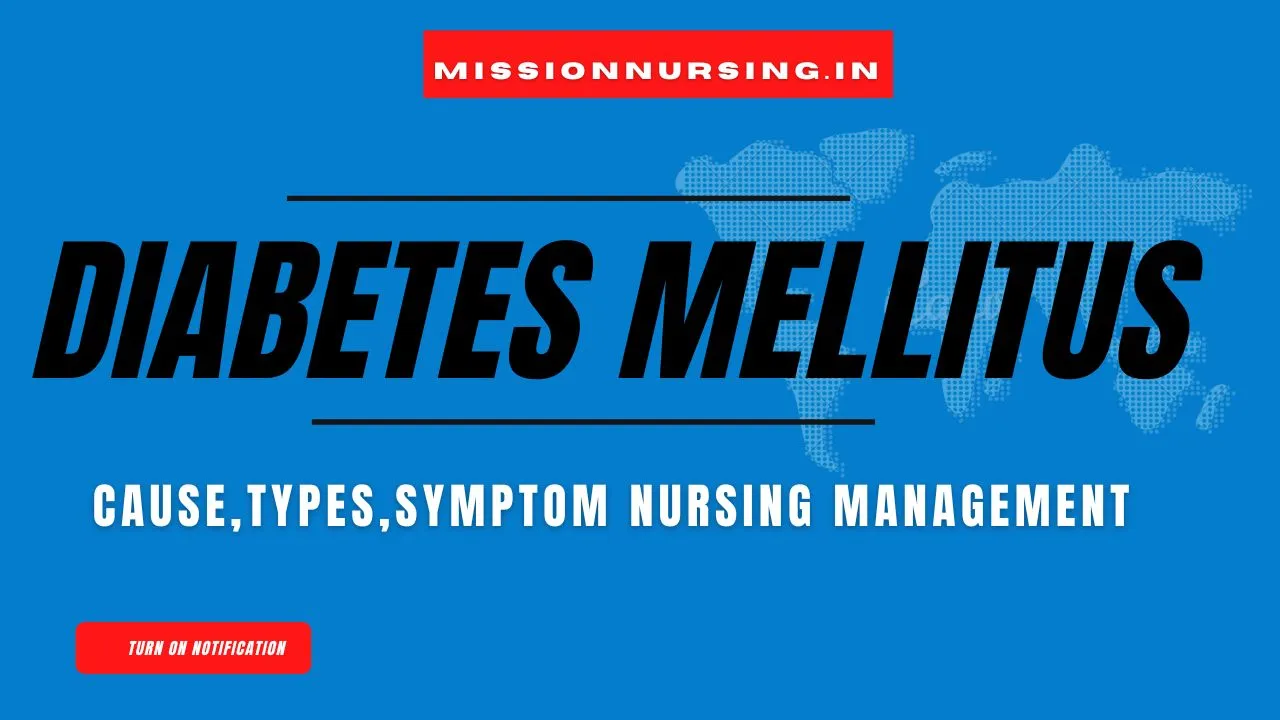


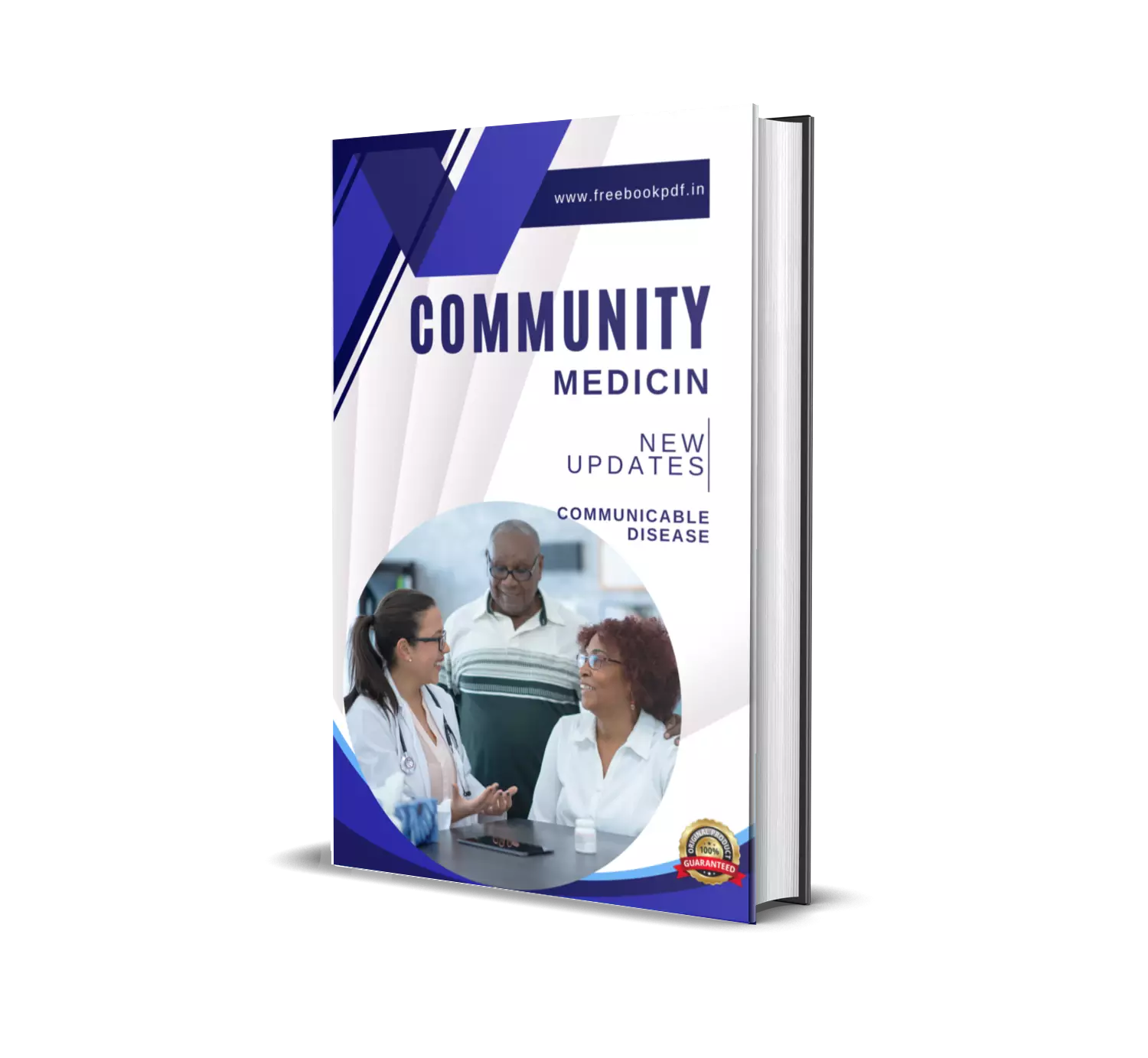

1 thought on “Nosocomial infection”